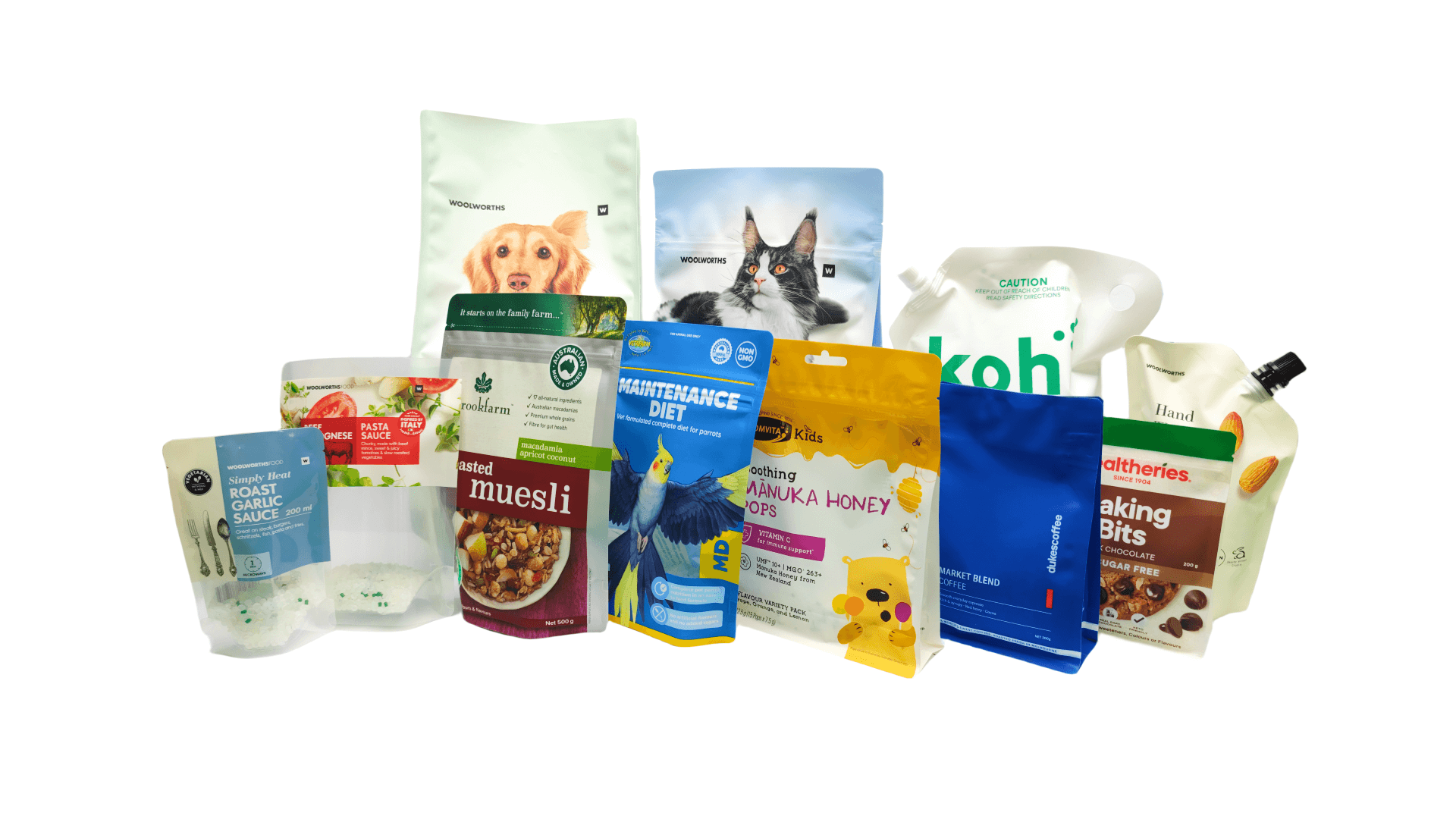Comprehensive Guide to Flexible Packaging Inspection
Flexible Packaging Inspection
Flexible packaging bags serve as the outer layer of many products, and the quality directly impacts the safety and aesthetics of the products.
Therefore, quality inspection of packaging bags is crucial.
It is essential to do a flexible packaging inspection when you purchase flexible packaging bags from many suppliers. Here’s a checklist to help you inspect the quality of the pouches:
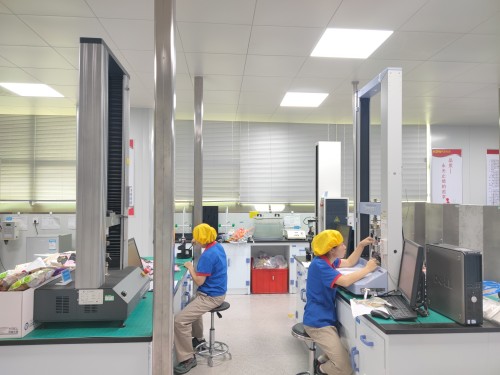
Visual Inspection
Visual inspection is the
Appearance defects can significantly reduce the aesthetics of the packaging bags, leading to consumer misunderstandings, product returns, or decreased customer trust.
The focus of visual inspection lies in the details, requiring meticulous examination of the finished packaging bags, including:
- Verify that the colors and graphics are consistent and accurately represent your branding or product information.
- Carefully observe if the printing on the packaging bag is clear, without misalignment or misprints.
- Inspect if there are scratches, watermarks, or other surface imperfections on the packaging bag.
Dimensional Inspection
- Dimensional inspection involves measuring the dimensions, tolerances, thickness, and other sizes of packaging materials to ensure they meet the required standards.
Seal Integrity
Closure for flexible packaging systems is achieved through either sealing or double seaming.
- Check the seals to make sure they are
even, consistent, and strong . Look for any gaps, creases, or leftover sealant on the edges. - Test the seal by
gently pulling on the pouch edges . The seals should stay secure and not show any signs of coming apart or tearing.
Material Quality
- Assess the quality of the packaging material by examining its
thickness, transparency, and flexibility . - Look for any indications of
color changes, haziness, or impurities in the material that could impact the appearance or functionality of the pouches.
Zipper Functionality
(if applicable)
- If the pouches are equipped with resealable zipper closures, evaluate the zipper’s functionality by
repeatedly opening and closing it . - Confirm that the zipper
effectively seals the pouch and maintains its integrity even after multiple uses.
Gusset Alignment
(for stand-up pouches)
- Ensure the gussets are
correctly aligned and symmetrical , enabling the pouch to stand upright without tipping or collapsing.
Odor and Contamination
- Smell the pouches to identify any unusual odors that may suggest contamination or off-gassing from the packaging materials.
- Confirm that the pouches are stored and handled in a clean environment to avoid contamination from
dust, debris, or foreign particles .
Barriers and Functional Features
- Ensure that the pouches offer the essential barriers (such as moisture and oxygen resistance) and functional features (like tear notches and hang holes) needed to meet your specific packaging requirements.
Batch Consistency
- Examine several samples from the same batch or production run to verify uniformity in quality, appearance, and performance.
Documentation and Compliance
- Examine the supplier’s documentation, which includes certificates of compliance, quality control records, and material safety data sheets (MSDS), to confirm adherence to regulations and ensure traceability.
Physical Property Test
Physical performance testing refers to evaluating the physical attributes of packaging bags to assess their quality during normal usage.
This type of testing primarily encompasses the following aspects:
- Thickness Testing:This involves measuring the thickness of the packaging bag and comparing it to standard values to determine its compliance with the same product category.
- Strength Testing:This includes measuring the packaging bag’s tensile strength, puncture resistance, tear resistance, and other physical properties to assess the quality of the flexible packaging.
- Stretch Testing:This entails stretching the packaging bag to observe its deformation and understand its quality condition during use.
Mechanical Property Test
Mechanical performance testing involves measuring the overall performance of the flexible packaging bag to understand its load-bearing and stress capabilities.
Mechanical performance testing primarily includes the following aspects:
- Load-bearing Testing:This refers to testing the load-bearing capacity of the flexible packaging under load, to determine if the packaging bag has a sufficiently long lifespan.
- Tear Resistance Testing:This involves testing the tear resistance of the packaging pouches to assess their ability to resist tearing under conditions such as water splashing and force application.
Physical and Chemical Properties Test
Physical and Chemical Performance Testing refers to evaluating the physicochemical properties of packaging pouch materials to understand the quality of the packaging bag during use.
This type of testing primarily includes the following aspects:
- Testing the physicochemical indicators of the packaging bag material such as acidity, alkalinity, salt content, etc., to determine if they comply with relevant national standards.
- Testing the moisture resistance of the flexible packaging material to understand its quality under conditions like high temperature and humidity.
By following this flexible packaging inspection checklist, you can assess the quality of flexible packaging and make informed decisions when selecting suppliers for your packaging needs.
The Test Methods of Flexible Packaging Inspection
The meticulous testing methods essential for evaluating the quality of flexible packaging include scrutinizing seal integrity, assessing burst strength, conducting barrier property tests, examining colorfastness, and so on.
These techniques are crucial for ensuring the reliability, durability, and performance of flexible packaging materials.
Testing methods for flexible packaging inspection encompass a range of techniques tailored to evaluate various aspects of the packaging’s quality and performance. Some common test methods include:
Dimension Testing
In flexible packaging, dimensions are crucial, and detailed dimensional testing is required.
When measuring dimensions, it’s essential to not only check the dimensions before packaging but also after packaging because flexible packaging can change its shape based on the contents inside.
Dimensional testing involves more than just measuring length, width, and depth. It also includes evaluating grammage, which is a measurement unit for film density that affects the strength of the film and overall yield.
We typically measure in grams per square meter or GSM.
The higher the GSM, the denser and heavier the film.
GSM is inversely proportional to yield; the film’s yield determines how much surface area a unit weight of packaging will cover. It’s measured in kilograms per square meter (kg/m²) — exactly opposite to GSM.
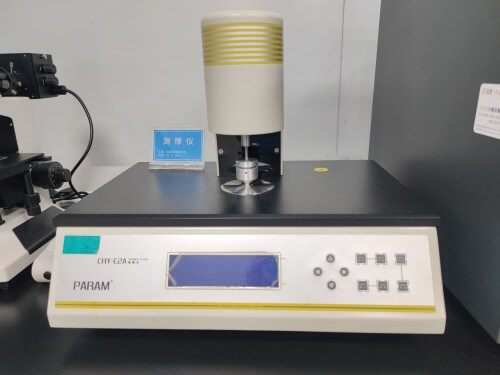
Mechanical Resilience
Flexible packaging faces a range of physical challenges, and to ensure its strength and durability, a series of tests are required.
These include examining how much physical and mechanical pressure the packaging can withstand before rupturing.
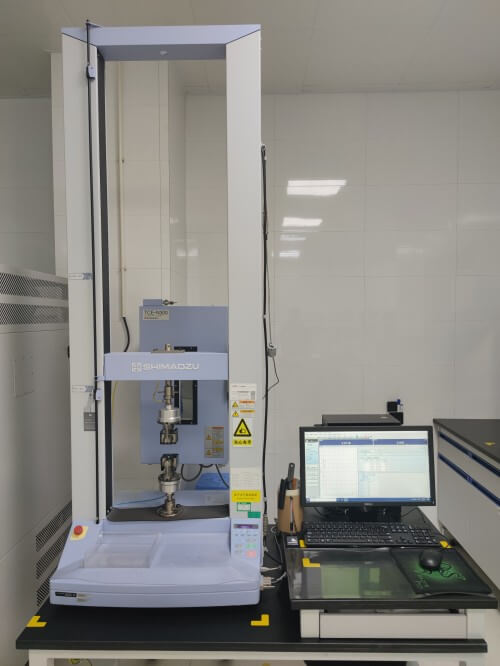
1, Tensile Strength
The tensile strength test examines the force required for rupture (i.e., how much force is needed to break the packaging bag) and the extent of elongation before failure (i.e., how much it can stretch before the packaging bag ruptures).
This also provides data on the failure elongation percentage, offering insights into the material’s durability.
2, Bond Strength
The Bond Strength determines the strength of lamination.
Flexible packaging pouches typically consist of multiple layers of polymers. The bond strength test examines the force required to separate these layers, indicating the degree of bonding between the material layers under pressure.
3, Seam strength
Seam strength tests the strength of the packaging in the areas where two films or sheets are joined.
A strong seam is essential for preventing leakage, contamination, and product loss.
4, Flex Crack Resistance (FCR)
The Flex Crack Resistance (FCR) test assesses the brittleness of flexible packaging.
This method examines the extent to which the packaging can bend or flex before rupturing. The test measures the packaging’s ability to flex without succumbing to cracking or fracturing.
In this test, a standardized probe or puncture fixture applies controlled force to the surface of the packaging material, measuring the force required to puncture the material, which indicates the material’s puncture resistance.
The FCR test is crucial and essential for assessing the protective capacity of flexible packaging, particularly for products that may be vulnerable to damage from sharp objects during transportation.
Tensile Strength, Bond Strength, Seam Strength, and Flex Crack Resistance are usually tested by an Electric Universal Tester.
5, Dart Impact
The Dart Impact Test, commonly referred to as the Falling Dart Test, is conducted to assess the toughness of flexible packaging.
During this test, a dart is released from a specified height and allowed to free-fall onto the surface of the flexible packaging, which is firmly clamped at the bottom.
Controlled drop tests are performed using darts of varying weights to evaluate the toughness of the packaging.
6, Coefficient of Friction (CoF)
Coefficient of Friction (CoF) measures the ease with which two surfaces slide against each other.
In other words, it tests the smoothness of a film or packaging material.
CoF indicates how easily packaging films can glide over another material during the packaging process, making it an essential test for smooth packaging operations.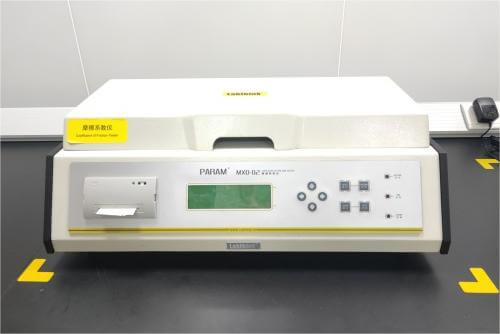
Functional Properties Evaluation
Functional performance testing primarily focuses on testing the barrier properties of packaging bags to understand their properties such as dissolution, diffusion, adsorption, etc.
This helps in understanding the packaging’s ability to protect and preserve products.
1, Water Vapor Transmission Rate (WVTR)
Water vapor transmission rate (WVTR) is the extent to which water vapor permeates a material under specified temperature, pressure, and humidity conditions.
It is measured in grams per square meter per day, indicating the amount of water vapor passing through the packaging film per unit area over a given period ( cm³/(m²·24h·0.1MPa) ).
This is crucial for maintaining internal humidity levels.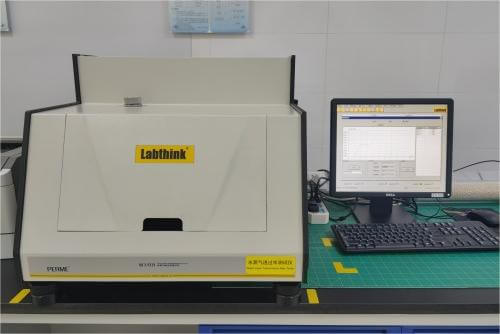
2, Oxygen Transmission Rate (OTR)
Oxygen Transmission Rate (OTR) is tested by creating a barrier between a packaging film in an oxygen-depleted chamber and one in an oxygen-rich chamber.
Similar to WVTR testing, it is measured in grams per square meter per day ( g/(m²·24h) ).
OTR assesses the effectiveness of the barrier against oxygen transmission, which is crucial for product freshness.
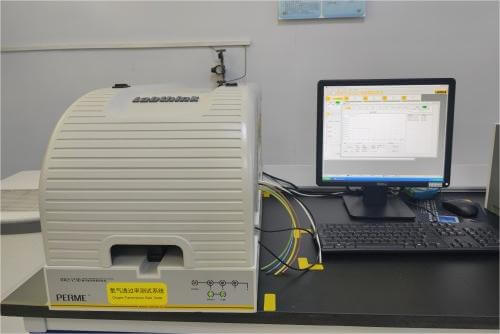
Packaging Strength and Integrity Evaluate
Ensuring the durability and reliability of packaging is fundamental to the testing process.
This set of tests examines the sealing of the packaging.
Even if the materials used in the packaging have excellent barrier properties, improper sealing can lead to premature product expiration.
These tests are mostly conducted with the packaging filled with the product.
1, Seal Strength
Seal strength testing primarily assesses the security of packaging bag seals and how they maintain closure over time.
Seal strength is a crucial aspect of packaging lifespan.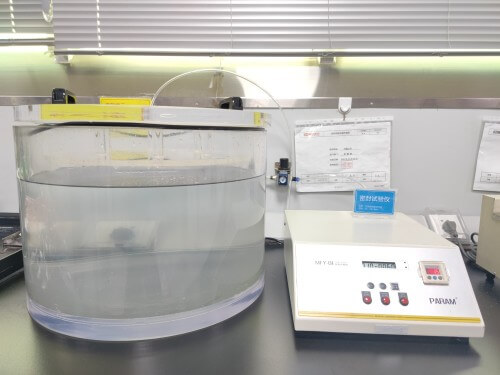
2, Drop Test
The drop test examines whether flexible packaging can withstand drops when filled.
The packaging materials and seals must not rupture, and the product inside must remain intact to pass the drop test.
Simulating real-world scenarios, drop testing ensures packaging remains intact after falls, guaranteeing product safety during transportation, handling, and shelving.
3, Vibration Test
Vibration testing assesses the packaging’s ability to withstand vibrations, relevant to various sales environments, and requires careful inspection.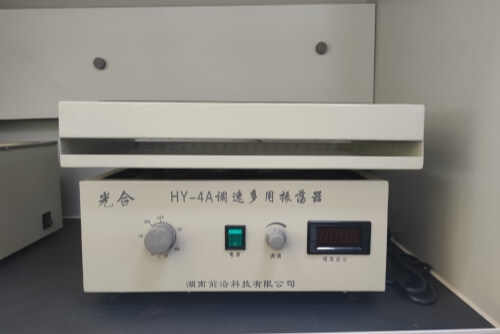
4, Compatibility Test
Compatibility testing is crucial for understanding the shelf life of products on packaging, especially for flexible packaging.
The compatibility testing examines whether the product inside the packaging bag is compatible with the materials and sealing methods used in the packaging, preventing adverse interactions.
Incompatible packaging often leads to leaks or product damage.
5, Scuff Proofness
The scuff-proofness can examine the durability of packaging, prevent scratches, and maintain the aesthetics and integrity of the packaging.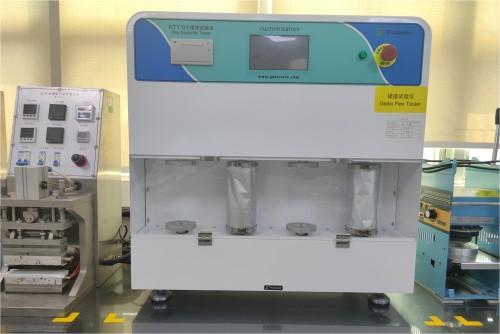
6, Leakage Test
Leakage testing is conducted to identify any potential leakage points and ensure the safety of the packaging contents.
During the experiment, the packaging filled with the product is placed in a vacuum chamber to inspect if the seams, seals, or materials of the packaging are leaking.
The pressure gradually decreases, while continuously checking for signs of leakage in the packaging.
7, Global Migration
Migration testing evaluates toxicological risks associated with packaging, assessing chemical migration risks that are by examining the inertness of materials to ensure consumer safety.
Many chemicals commonly used in food packaging are often toxic but are utilized due to their barrier properties or to enhance the strength of the packaging film.
8, Environmental Stress Crack Resistance (ESCR)
Environmental Stress Cracking Resistance (ESCR ) testing evaluates the resistance of packaging to environmental stress cracking or ESC, which is crucial for the durability of the packaging.
ESC is common in plastics as they are exposed to ultraviolet light over time and react with other chemicals, leading to embrittlement or hardening, thus affecting the usability of packaging bags.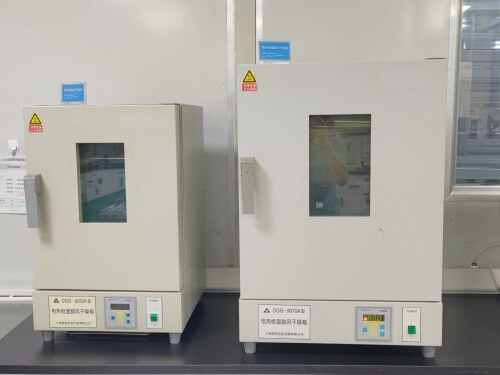
Visibility and Appearance Analysis
The optical performance of flexible packaging is also crucial as it enhances product visibility, constituting a significant component of the brand.
The visual appeal of packaging cannot be overlooked.
Color Fastness
Color fastness is tested by exposing the packaging to agents that can cause color fading, and then evaluating the stability of the packaging color under stress.
This test assesses the resistance of the packaging color to fading or color changes due to factors like light exposure, and friction during use and storage.
Haze and Gloss
Haze is tested using a spectrophotometer, while gloss is tested using a gloss meter.
Clarity and gloss are critical metrics that are essential for brand appeal and consumer attractiveness.
Packaging Inspection is Crucial
Flexible Packaging Inspection and Pouch Packaging Tests are crucial for any type of packaging and form an integral part of quality control.
They enable manufacturers to understand how long their products will endure on shelves or whether they will survive during transportation.
Also instills confidence in purchasers regarding the packaging of their products.
Start With KDW
+86 13559233681(Wechat, Whatsapp)
No1, Anbian Rd, Torch High-Tech Zone (XiangAn), Xiamen, Fujian, China


